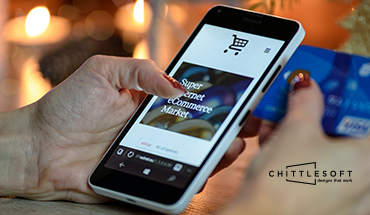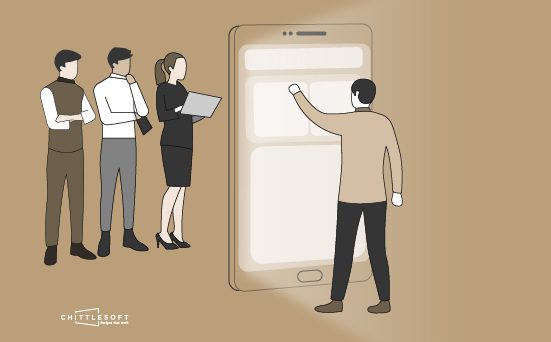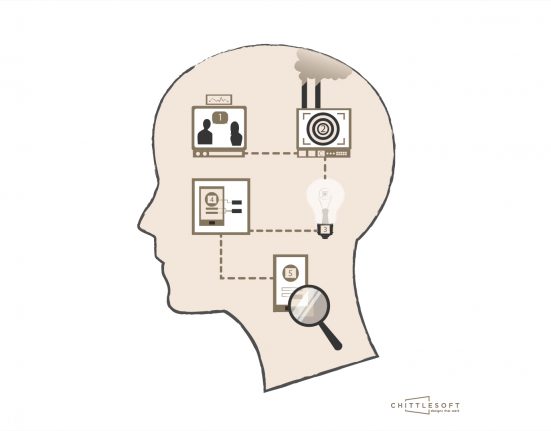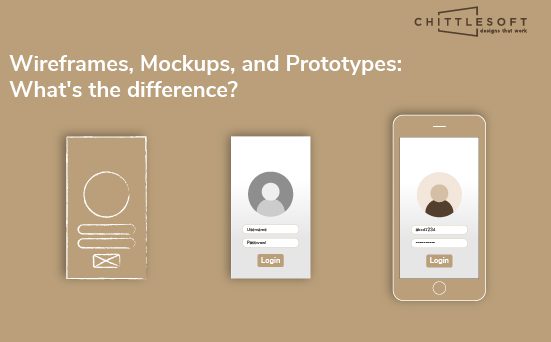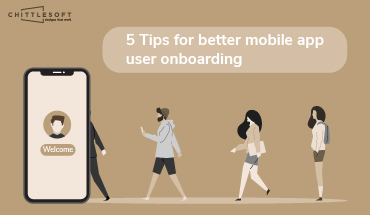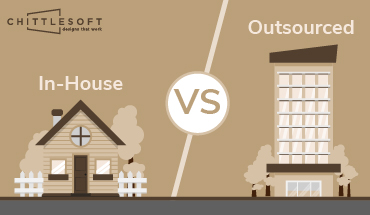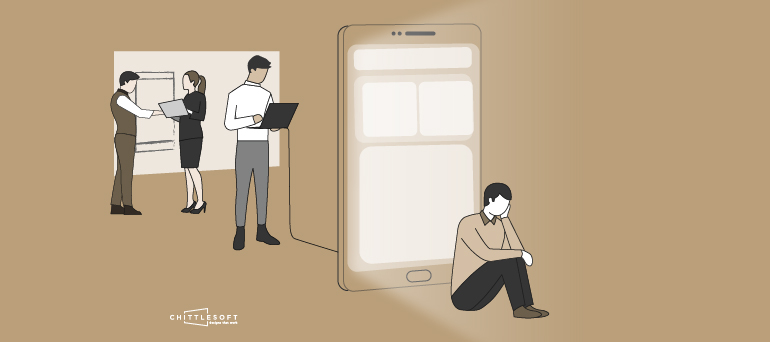
Through our blog series on the 5 stages of Design Thinking, we have been looking at what a human-centered design (HCD) approach entails. So far, we’ve covered how to empathize with your user, define their problem, and ideate with your team to come up with a solution. Here, we’ll go over prototyping, which will help you bring your idea to life.
These five design thinking stages – Empathize, Define, Ideate, Prototype, and Test – do not always happen in this order. At various points in the design process, you may need to return to any one of these stages. We think of them as components that can be reassembled to create a process that works for you and helps you create an effective end product to solve your user’s problem. The ‘Prototype’ stage is one of them.
What does prototyping entail?
“Prototyping is the iterative development of artifacts – digital, physical, or experiential – intended to elicit qualitative or quantitative feedback.” – (Geehr, 2008) [source]
In simpler words, prototypes are versions of your product or solution that your users can engage with. Their interaction and reactions can be observed and can provide you with incredible, useful insights. It will help you find out if:
- You are solving the right problem.
- How well the solution you are proposing will address that problem.
What types can you use?
Career Foundry recommends considering these aspects while creating your prototype:
- Form: is it hand-drawn? Or is it digital? If digital, is it designed for mobile or for desktop?
- Fidelity: this refers to the level of detail and how polished it is.
- Interactivity: can your viewer interact with the prototype, or is it just for them to view?
- Lifecycle: will you use this just once with the intention of replacing it with a different version? Or do you plan to keep improving upon this particular prototype until you have a final product?
Keeping these factors in mind, here are a few things you can try:
1. Paper interfaces. This is a good way to go if you’re short on time or funds for prototyping. It can work exceptionally well for you if you’re starting out and want to see how your solution would play out, and if there are any apparent glitches to work on.
2. Wizard of Oz: True to its name, this one is based on faked functions, i.e., a human mimicking certain aspects of an algorithm. Responses appear to come from a system but are actually human-controlled.
3. High-fidelity prototypes. Once you’re more sure of your idea (perhaps after a few rounds of testing), you can move on to a high-fidelity prototype. Here, you will create something close to the final design. Your user will be able to use it and experience it as if it were the real thing. One great thing about a high-fidelity prototype is it will give your stakeholders a clearer idea of what your solution will ultimately look like.
Here’s a little more on prototyping and this stage of the design thinking process:
If you’d like to learn how we put design thinking into practice at Chittlesoft, get in touch with us here.
Our next blog will cover Stage 5 of the design thinking process: testing your prototype.
Many of our customers come to us in search of a good creative branding agency or digital design studio in Pune and then find all the design services they need under one roof. Learn how we use our design expertise to supplement your resources!
Key Sources:
https://www.uxpin.com/
https://www.youtube.com/
https://www.ignitec.com/


